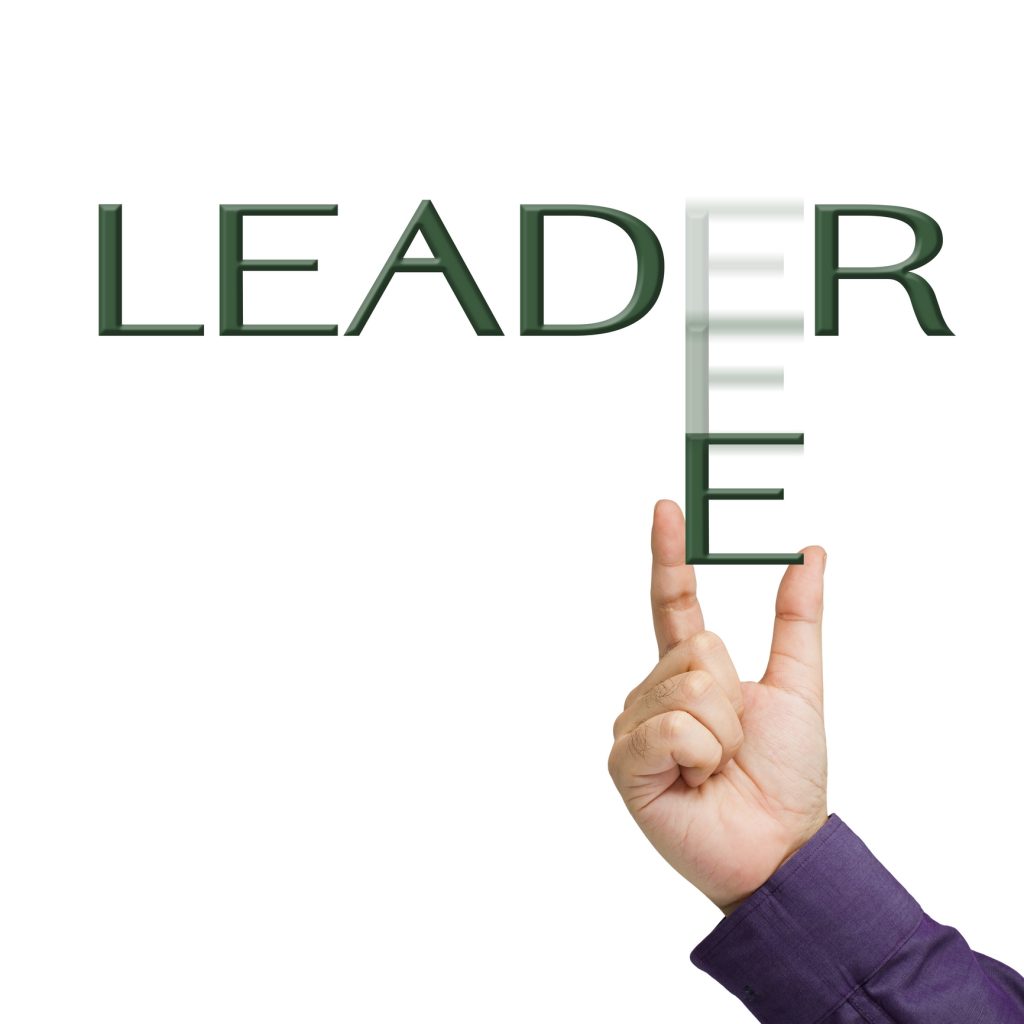 Toyota’s 4 Stages of Leader Development
Toyota’s 4 Stages of Leader Development
Toyota have made many contributions to the lean scene, and one can learn a lot from the way the company works. One of the more interesting ideas worth exploring is the company’s general approach to developing their leaders, and the important points they emphasize on in this process. The process is broken down into five stages, and it’s important to have a good understanding of all of them.
These 4 stages are explained in more detail in Jeffrey Liker’s book, The Toyota Way to Lean Leadership
- Self-development seek to improve self and skills
While it sounds self-explanatory, there are lots of finer nuances to the way one should approach their own personal development and growth. Identifying the correct opportunities for that is an important skill in itself, but a good leader must also be able to create the necessary space for this learning process.
This means that a good leader must not only improve their leadership skills, but their core learning abilities as well. This is not a very easy concept to master for some, which is why Toyota put so much emphasis on it in their leadership training.
Another important function of a good leader is to teach their employees and give them the necessary tools to rise up in the hierarchy. However, leaders must also be able to track the performance of their workers in an objective and accurate manner.
This is not meant to judge others, but rather to provide the leader with an adequate overview of how the company is currently moving forward, and what areas need to be addressed for improvement. If a particular department is showing signs of decreased productivity, this is often a problem of the leader themselves, not so much with the performance of the individual workers.
Kaizen, the underlying philosophy behind Toyota’s leadership style, has close ties to the idea of continuous improvement. This means that it must be practiced regularly, ideally on a daily basis, otherwise there isn’t much point in applying it to the work of the company. The leader must coach their workers with a bottom-up approach, and must always retain their focus on the company’s improvement.
However, focusing only on a bottom-up style of development can lead to problems quite fast, which is why it’s just as important to integrate a solid top-down development plan as well. The company must have a proper long-term vision, and its goals must be aligned with the current actions of all departments.
Additionally, the two development approaches have to be perfectly aligned. Often, top-down and bottom-up development can lead to some serious clashes if they’re not implemented properly, and the company has to prevent that in its roots.
Conclusion
It’s no secret that Toyota are one of the most progressive companies on the planet, and surprisingly, the key to their success is no secret either. They are quite open about the ideas that make their business work successfully, and the rest of the world has a lot to learn from the concepts implemented in their production facilities.
Mastering the five stages of leader development can be of huge benefit to any company, regardless of the field they’re involved in, and it’s an important part of the growth of any person in a leadership position.
If you liked to hear more about Toyota’s Leader Development, check out a related article from Jeffrey Liker >>>








No responses / comments so far.